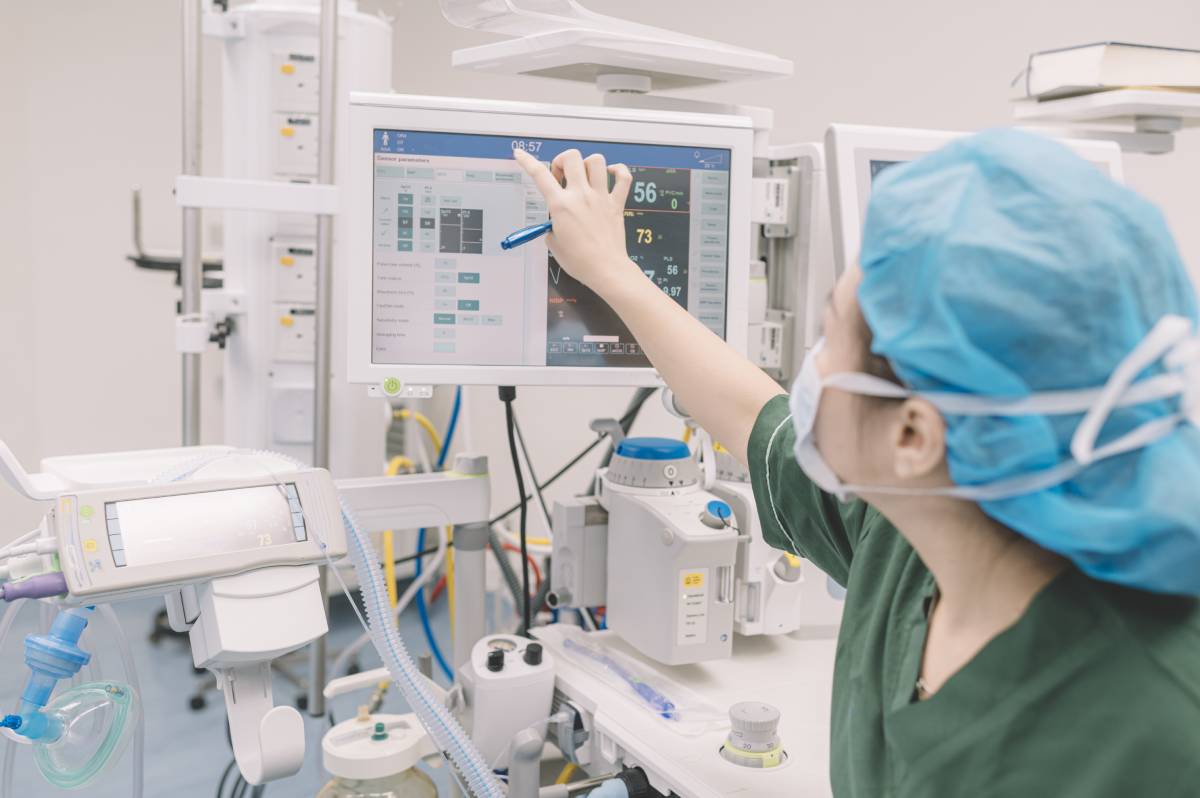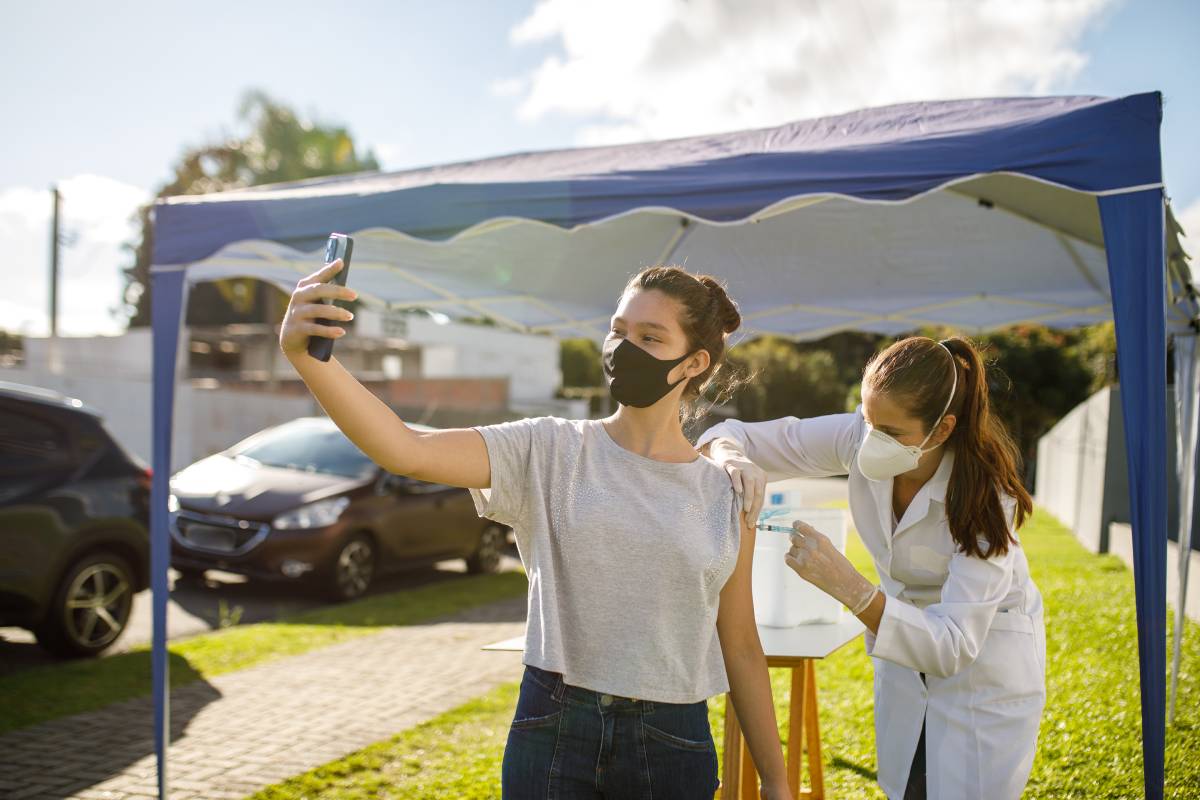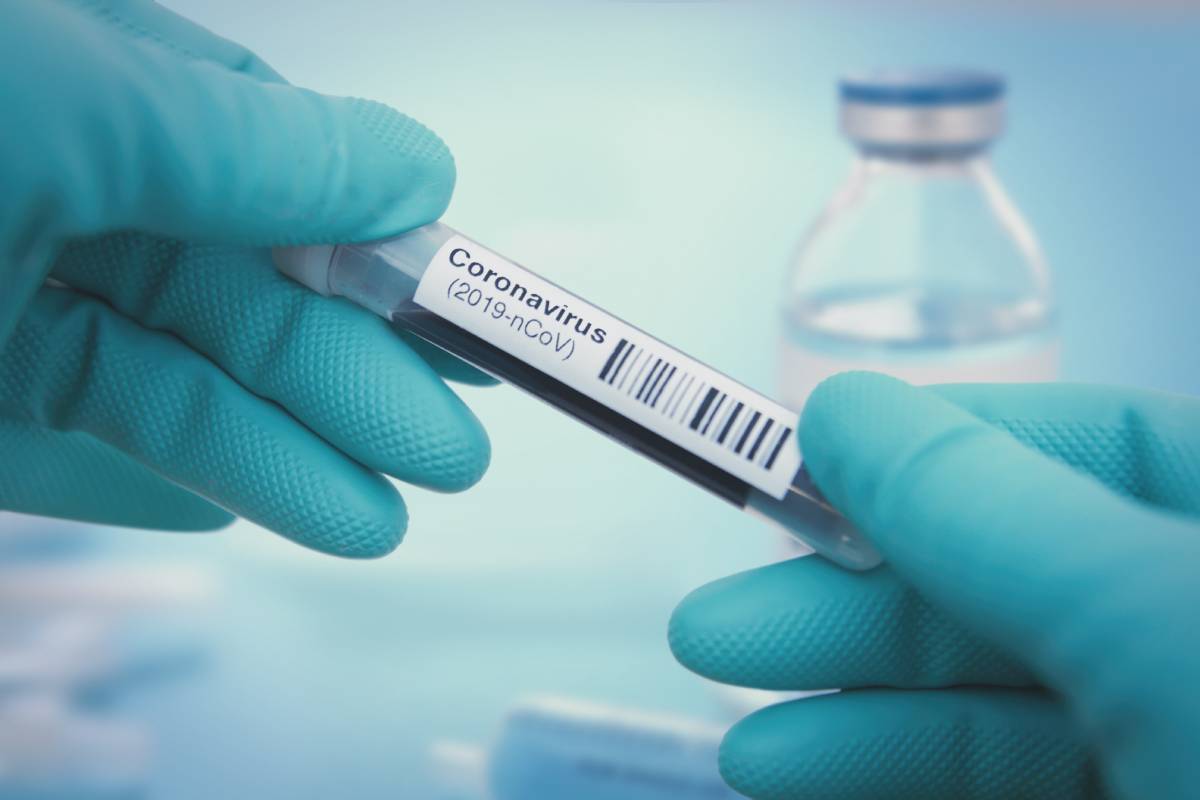
In 1997, the U.S. Congress passed the Balanced Budget Act, which was meant to limit Medicare-based funding to residency programs and cap the number of residency spots available to medical school graduates [1]. As a result of these residency caps — and in spite of the adjustments made by the Balanced Budget Refinement Act of 1999, which marginally increased residency funding — federal funding for medical residencies has not kept pace with the number of residents needed to care for a growing and aging population.
Between 2001 to 2010, funding for medical residencies increased just 0.9% [2]. One survey, intending to track changes in residency numbers across specialties before and after the 1997 BBA, used the annual National GME Census as its data source. The census, a joint project of the Association of American Medical Colleges and the American Medical Association, tracks the numbers and specialties of U.S. medical residents, as well as those residents’ demographic information. The study found that, following a temporary halt in residency-program growth after 1997, programs began expanding again between 2002 and 2007, with an 8% net increase between 1997 and 2007 [3].
Indeed, in the aforementioned survey, anesthesiology residencies grew faster than almost any other specialty, with an increase of 9.1% between 2002 and 2007 [3]. The data on growth in anesthesia residency programs proved unexpected, after a number of analyses in the late 1990’s and early 2000’s predicted shortages in anesthesiologists: for instance, one study estimated a shortfall of between 1,100 and 3,800 anesthesiologists in 2002 [4]. Meanwhile, specialties like primary care saw marked decreases in the number of residency positions available following the passage of the Balanced Budget Act. According to one analysis, the decade between 1998 and 2008 saw a net loss of 390 positions for first-year family medicine residents [5]. However, these changes did not follow the passage of the Balanced Budget Act immediately, and thus cannot necessarily be linked directly to its passage: a survey of 478 family medicine practices found that, in the two years following the act’s passage and the subsequent changes to residency funding, there was a relatively minor net reduction of 82 residents [6].
While the Balanced Budget Act caps funding for residencies, researchers have predicted that certain subspecialties may actually see a shortage of residents in the coming years, and in some cases may be unable to fill open residency slots. This discrepancy is predicted even in spite of growing enrollment numbers at existing U.S. medical schools—the number of U.S. medical school applicants increased 18% between the 2020 and 2021 academic years, perhaps in part due to the COVID-19 pandemic [7]. Still, one study has predicted that 22,280 individuals will graduate from American medical schools in 2026, matching into a predicted 29,880 residency positions (given the yearly growth rate of 2.55% in U.S. residency slots from 2006 to 2015). If trends continue as calculated in this study, there will not be a shortage of residency positions overall, though highly competitive specialties may encounter a different situation [8].
While the Balanced Budget Act and subsequent Balanced Budget Refinement Act limited government funding for medical residencies, these residency caps control neither the number of medical school graduates per year, nor the chosen specialties and subspecialties of those graduates when matching into residency programs. As a result, certain specialties may encounter a shortage of residents to fill funded residency positions, while others may encounter a lack of available positions for qualified medical school graduates.
References
[1] Havidich, Jeana E., et al. “The Effect of Lengthening Anesthesiology Residency on Subspecialty Education.” Anesthesia & Analgesia, vol. 99, no. 3, 2004, pp. 844–856., doi:10.1213/01.ane.0000130258.38402.2e.
[2] Iglehart, John K. “The Residency Mismatch.” New England Journal of Medicine, vol. 369, no. 4, 2013, pp. 297–299., doi:10.1056/nejmp1306445.
[3] Salsberg, Edward. “US Residency Training Before and After the 1997 Balanced Budget Act.” JAMA, vol. 300, no. 10, 2008, p. 1174., doi:10.1001/jama.300.10.1174.
[4] Schubert, Armin et al. “An updated view of the national anesthesia personnel shortfall.” Anesthesia & Analgesia, vol. 96,1 (2003): 207-14, table of contents. doi:10.1097/00000539-200301000-00043
[5] Weida, Nicholas A, et al. “Loss of Primary Care Residency Positions Amidst Growth in Other Specialties.” American Academy of Family Physicians, vol. 82, no. 2, 15 July 2010, p. 121.
[6] Schneeweiss, Ronald et al. “The effects of the 1997 Balanced Budget Act on family practice residency training programs.” Family Medicine, vol. 35,2 (2003): 93-9.
[7] “Enrollment Up at U.S. Medical Schools.” AAMC, Association of American Medical Colleges, 16 Dec. 2020. https://www.aamc.org/news-insights/press-releases/enrollment-us-medical-schools
[8] Hayek, Sarah, et al. “Ten Year Projections for US Residency Positions: Will There Be Enough Positions to Accommodate the Growing Number of U.S. Medical School Graduates?” Journal of Surgical Education, vol. 75, no. 3, 2018, pp. 546–551., doi:10.1016/j.jsurg.2017.08.021.




